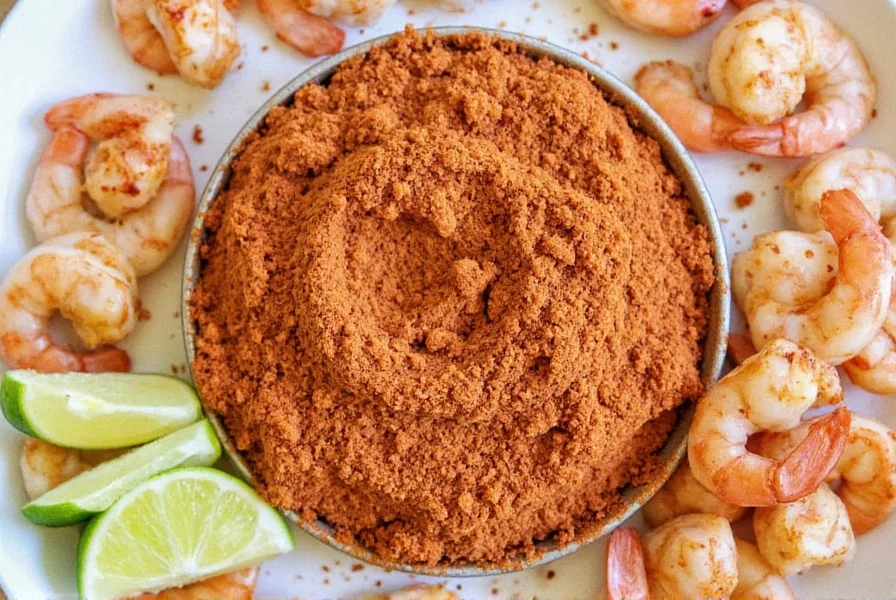Table of Contents
Shawarma is not inherently spicy. Its heat level depends entirely on the recipe and region. While some versions are mild and comforting, others can be quite hot. Here's what you need to know to order the perfect shawarma for your taste.
Frequently Asked Questions About Shawarma Spiciness
- Is shawarma always spicy?
- No, shawarma is not always spicy. The level of spiciness depends on the spice blend used, regional variations, and personal preferences of the chef. Some versions are mild while others can be quite hot.
- What makes shawarma spicy?
- The spiciness in shawarma comes primarily from ingredients like chili powder, cayenne pepper, fresh chili peppers, or hot sauces added during preparation or served as condiments. The base spice blend typically includes milder spices like cumin and paprika.
- Can I get shawarma that's not spicy?
- Yes, most shawarma vendors can accommodate requests for milder versions. You can ask them to omit spicy ingredients or hot sauces. Chicken shawarma is often milder than lamb or beef varieties.
- How spicy is shawarma compared to other foods?
- Compared to many Indian or Thai dishes, traditional shawarma is generally milder. However, some regional variations (like Israeli or Mexican shawarma) can be quite spicy. On a heat scale of 1-10, most standard shawarma would rate around 3-5, but this varies widely.
- What should I do if my shawarma is too spicy?
- If your shawarma turns out spicier than expected, dairy products like yogurt or tzatziki can help neutralize the heat. Bread, rice, or starchy foods also help absorb some of the spice. Avoid drinking water, as it can spread the capsaicin rather than cool your mouth.
- Does the type of meat affect shawarma's spiciness?
- Not directly, but different meats may be prepared with different spice blends. Chicken shawarma often uses milder spices, while lamb or beef might have stronger, spicier blends to complement the richer meat flavors.
What Is Shawarma?
Shawarma is a popular Middle Eastern dish made from meat—usually chicken, lamb, or beef—that's been marinated in a blend of spices, then stacked and roasted on a vertical rotisserie. As the meat cooks, it's shaved off in thin slices and served in pita bread with various toppings like pickles, onions, and tahini sauce. It's a staple in countries like Lebanon, Turkey, and Egypt, but has gained popularity worldwide due to its delicious taste and convenience.
Spice Profile of Shawarma
| Spice | Flavor | Spiciness Level |
|---|---|---|
| Cumin | Earthly, warm | Mild |
| Paprika | Sweet, smoky | Mild |
| Coriander | Lemony, citrusy | Mild |
| Garlic | Pungent, savory | None |
| Chili Powder | Hot, fiery | High |
| Black Pepper | Pungent, sharp | Mild |

Spice Variation by Region
| Region | Spice Level | Common Spices Used |
|---|---|---|
| Lebanon | Mild to Medium | Cumin, coriander, garlic |
| Turkey | Medium | Paprika, red pepper flakes, sumac |
| Israel | Medium to Hot | Chili powder, garlic, lemon juice |
| India | Hot | Red chili powder, garam masala, cumin |
| Mexico | Hot | Chipotle, jalapeños, cumin |
How to Taste Shawarma Like a Pro
If you're new to shawarma, here are a few tips to help you fully appreciate its flavors and determine whether it's spicy for you:
- Start with a Small Bite: This helps you gauge the heat level before diving in.
- Check the Condiments: Ask the vendor if they use any spicy sauces or extras.
- Pair with Cool Ingredients: Cucumber, yogurt, or mint can help balance out the heat.
- Try Different Versions: Experiment with chicken, lamb, or beef to find your favorite.
Remember, the goal is to enjoy the experience, not necessarily to eat the spiciest version. Shawarma is all about flavor, and that includes the right amount of heat for your palate.
Buying Guide: Choosing the Right Shawarma
If you're looking to try shawarma at home or order it from a restaurant, here's a quick guide to help you choose the best option:
Types of Shawarma
- Chicken Shawarma: Lighter and often milder, perfect for those who prefer less heat.
- Lamb Shawarma: Richer in flavor and often more robust, but can be spicier depending on the spice mix.
- Beef Shawarma: Hearty and full-bodied, great for those who enjoy bold flavors.
Features to Look For
- Freshness: Freshly shaved meat and warm pita are essential for the best experience.
- Quality of Spices: High-quality, aromatic spices will elevate the overall taste.
- Condiments: A good variety of sauces and toppings can enhance the flavor profile.
Who It's For
- Street Food Lovers: Shawarma is perfect for people who love convenient, flavorful meals on the go.
- Spice Enthusiasts: Those who enjoy a bit of heat will appreciate the spicier versions.
- Global Food Explorers: Shawarma offers a unique taste of Middle Eastern culture.
When to Enjoy It
- As a Quick Meal: Perfect for lunch or dinner when you're short on time.
- At Parties or Gatherings: Shawarma makes a great shared dish that everyone can enjoy.
- For Travel: Try it in different regions to experience local variations.
Conclusion
In conclusion, shawarma's spiciness varies significantly by recipe and region. Understanding these differences helps you confidently order the perfect version for your taste preferences. Whether you prefer mild or spicy, shawarma offers a versatile and delicious culinary experience.










 浙公网安备
33010002000092号
浙公网安备
33010002000092号 浙B2-20120091-4
浙B2-20120091-4